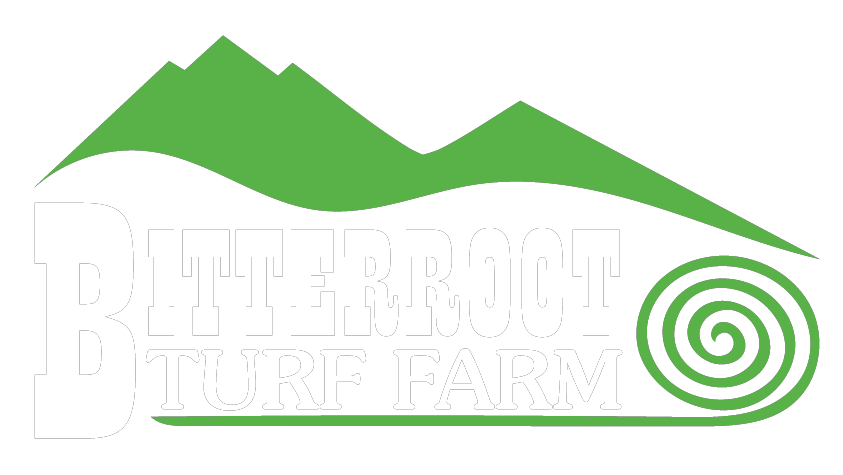
MAINTENANCE
Here are some tips on how to maintain a healthy lawn. It is important to understand that the grass in your yard may need different care than what we recommend here. There are many variables to consider such as soil composition and depth, varying sprinkler coverage, quantity of sunlight, etc. Use these tips as guidelines and then custom fit them for your unique situation. Even a lawn that is properly cared for, can develop problems when the conditions are conducive for certain insects, funguses or weeds. It may be necessary to consult with a lawn care professional in these situations.
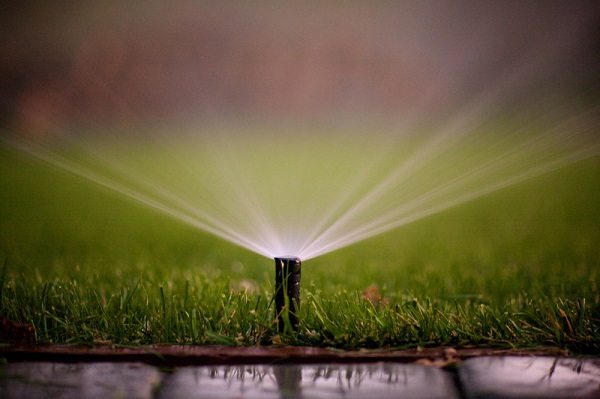
Watering your lawn
- Irrigate enough to replace the water used through transpiration and evaporation. During peak water use in July this will require about 1 to 1.5 inches of water per week.
- Watering early in the morning before it starts to warm up is the best time to irrigate your lawn. In the evening when temperatures begin to decline is the next best time.
- Don’t forget to check your underground sprinklers regularly. Sprinkler heads can become plugged or may need to be adjusted fairly often. In the summer heat brown spots can develop very quickly if the sprinkler system is not providing even coverage across your lawn.
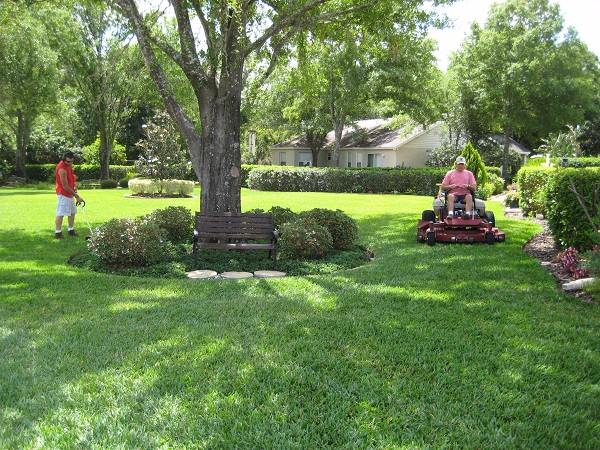
Mowing your lawn
- Mowing frequently to a blade height of 2 to 3 inches is better than mowing lower to the ground. Slightly taller grass helps to retain moisture in the soil by keeping it shaded from the hot sun. Another reason to mow a little higher is that the roots of most grasses tend to grow about as deep as the grass is tall. Taller grass = deeper roots.
- Do not mow more than 1/3 of the grass blade off in a single mowing. Mowing more frequently will lead to a healthier lawn.
- Clippings left on a frequently mowed lawn should not pose a problem and will return nutrients back to your lawn as they decay.
- Keep your mower blades sharp. Grass stays greener when it is cut by a mower blade rather than torn.
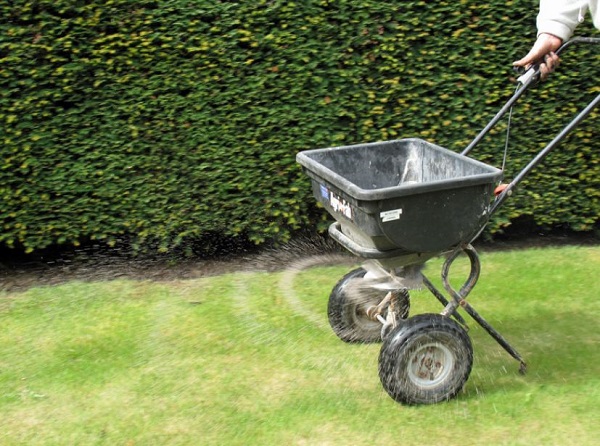
Fertilizing your lawn
- Our general recomendation is to fertilize your lawn 3 times a year. Once in the spring (late April, early May), again in late spring or early summer (June) and then in the fall (Sept. or early Oct.).
- For the first 2 applications, it is recommended to use something like a 25-10-10 fertilizer with some iron. For the fall application we recommend a 16-16-16 fertilizer. This is a general recommendation. The nutrient needs for your lawn can vary depending on your soil and growing conditions.
- Kentucky bluegrass generally requires about 3 pounds of actual nitrogen per 1000 square foot per growing season. Fertilizing during the hottest months should be avoided as it will stimulate shoot growth and respiration. This will draw carbohydrates from the root systems resulting in root depletion.
- Using a “Weed and Feed” type of fertilizer is great to help keep weeds out of the lawn as well. Your lawn should be wet in order for the weed control to work properly. You may need to supplement the weed control from time to time since the weed and feed will most likely not be able to remove all of the weeds that begin to grow.
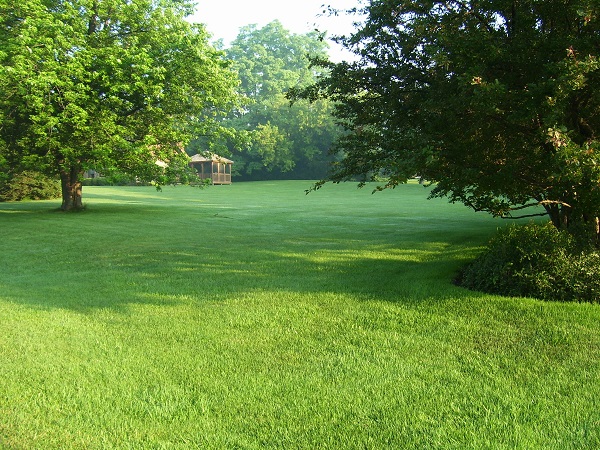
Aeration and thatching
- Aeration pulls out small cores of soil and drops them onto the surface of the yard. This process promotes healthy grass by reducing soil compaction and allowing air and moisture into the root zone. Under normal conditions, this should be done every 2 or 3 years. Areas of high traffic or other problem areas may require more frequent aeration.
- Thatching is a form of aggressive raking that removes excess organic matter from the surface of the soil. This allows water, air and nutrients proper access to the soil. Because a layer of organic material is beneficial to turf grasses, it is recommended that thatching only be performed once every 3 to 5 years, under normal circumstances.
Contact Us
Feel free to contact us for current pricing or to answer your questions.
406-961-1184
425 Bailey Lane
Corvallis, MT 59828
